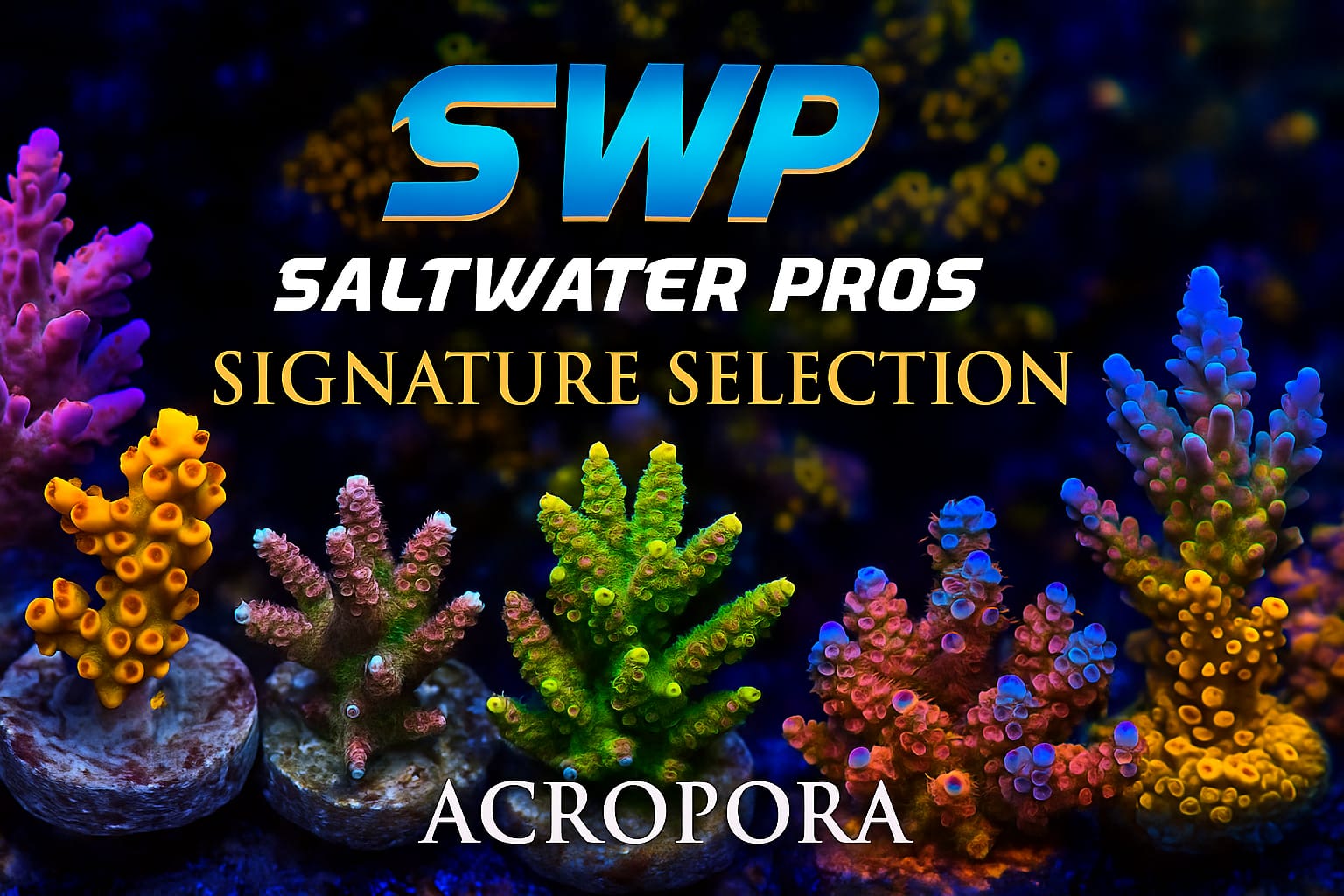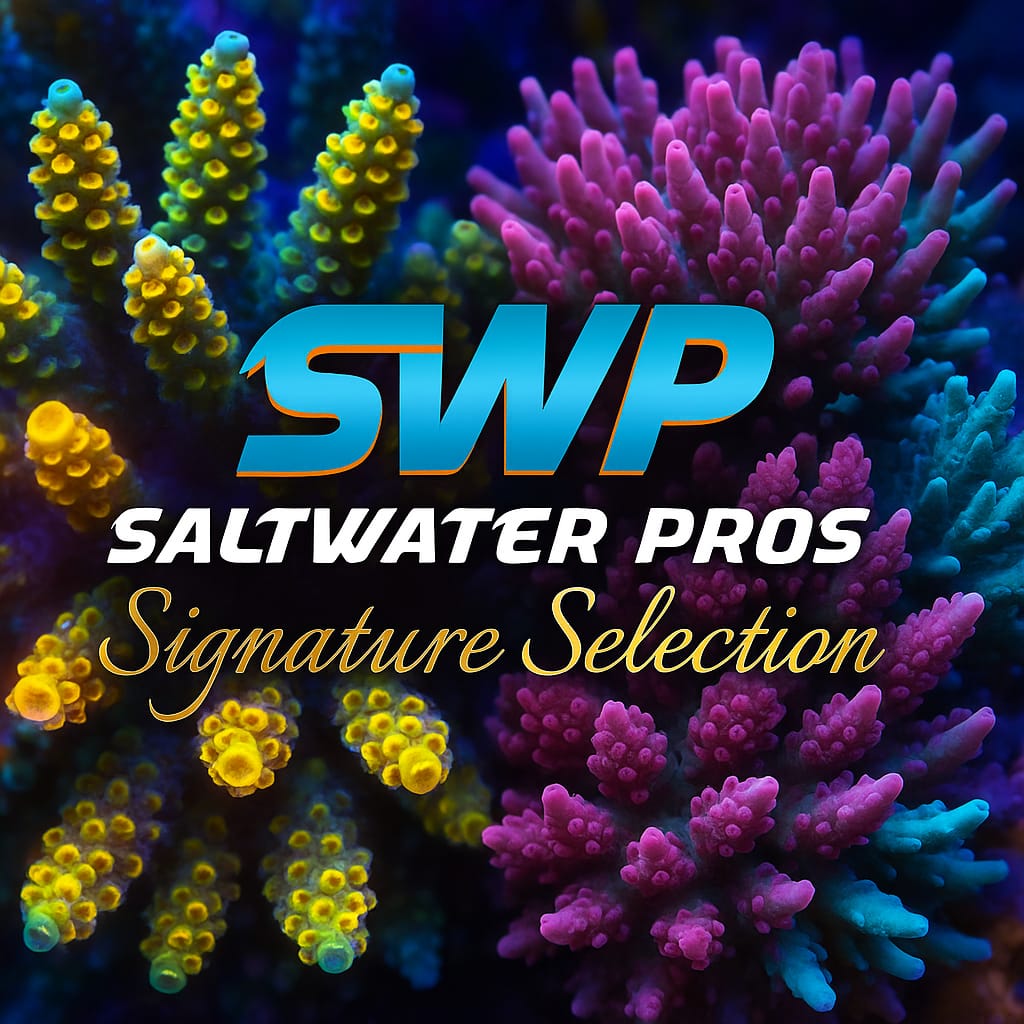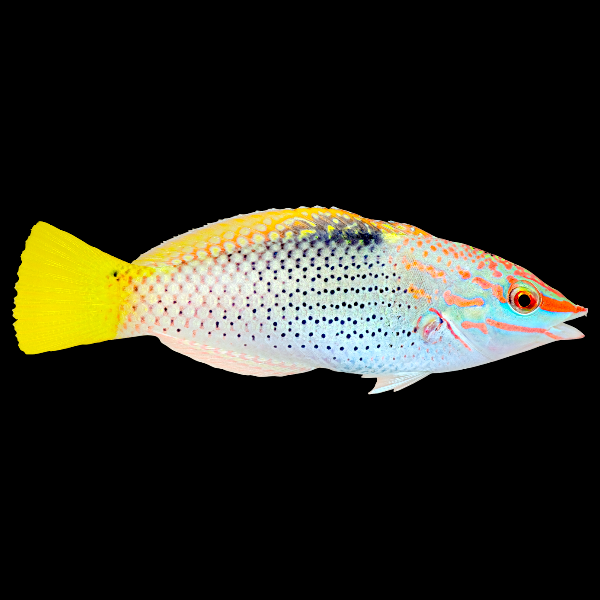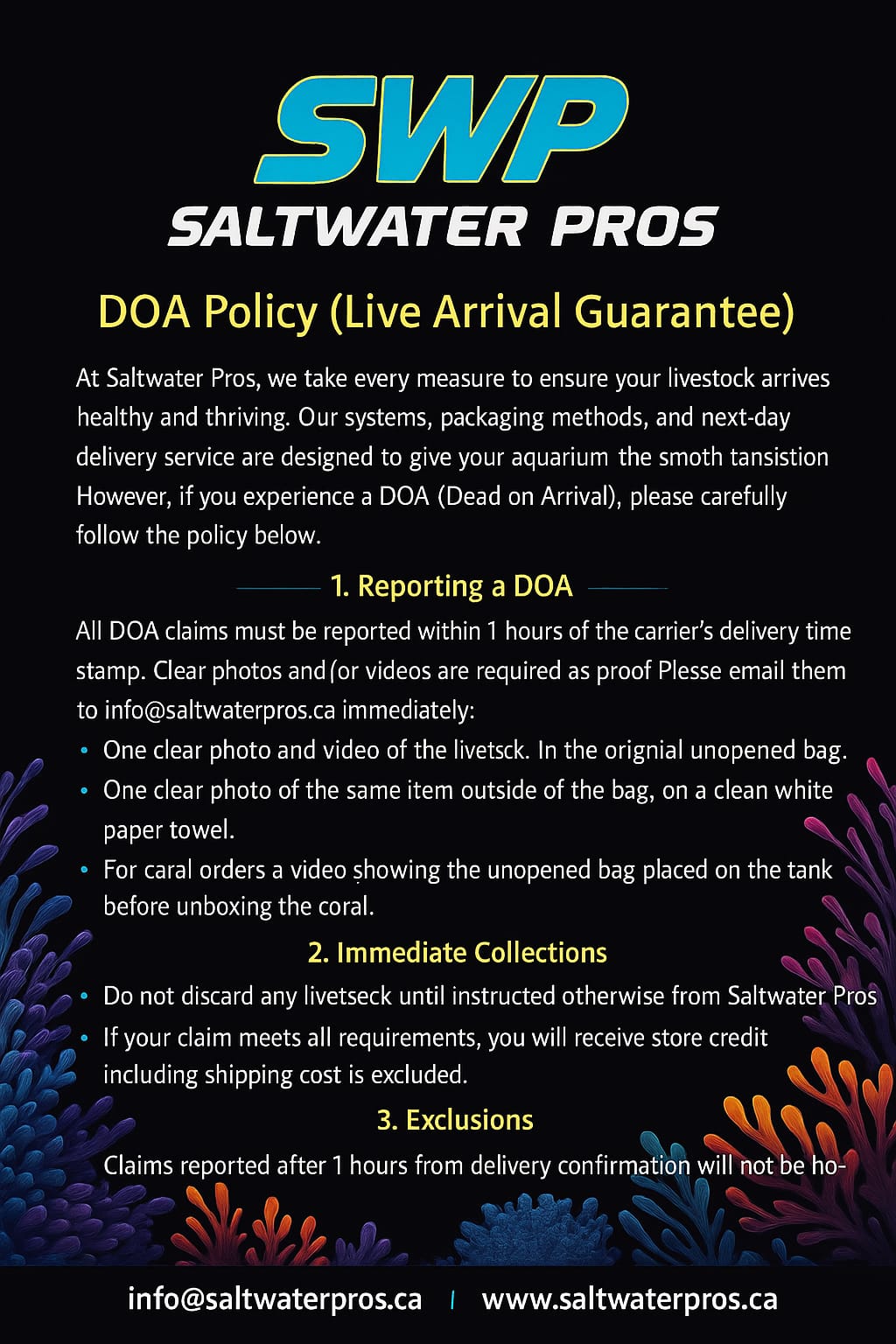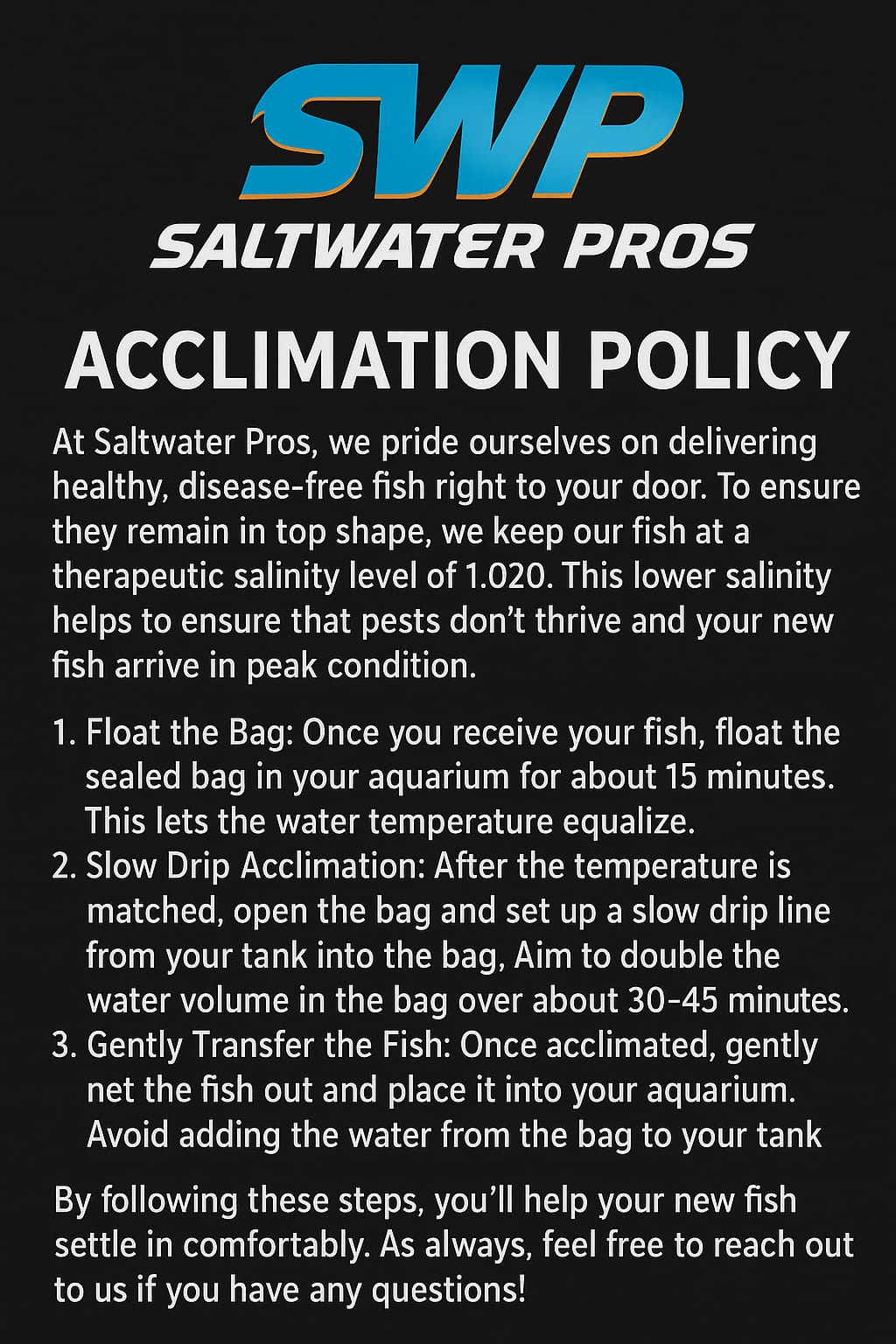Description
Click HERE to read our Dead On Arrival (DOA) policy.
Click HERE for how to acclimate the fish.
The Checkerboard Wrasse, also known by its scientific name Halichoeres hortulanus, is a popular and colorful marine fish species found in the Indo-Pacific region. They belong to the family Labridae, which includes various species of wrasses.
Appearance: As the name suggests, the Checkerboard Wrasse has a striking checkerboard pattern on its body, composed of alternating blue-green and white squares. The colors may vary slightly depending on the individual and its age. Juvenile Checkerboard Wrasses tend to have more vibrant colors, while adults might display a more subdued appearance. These fish have elongated, slender bodies and prominent, sharp snouts.
Size: The Checkerboard Wrasse can grow up to approximately 6 to 8 inches (15 to 20 centimeters) in length, with males generally being slightly larger than females.
Behavior: They are generally peaceful and are known to inhabit shallow reef environments, lagoons, and rocky coastlines. These wrasses are highly active swimmers and are often observed darting around coral reefs in search of small crustaceans, worms, and other invertebrates, which form the primary part of their diet.
Social Structure: Checkerboard Wrasses are protogynous hermaphrodites, which means that they are initially female and may later change sex to become males. If the dominant male in a group dies, the largest female will often undergo a sex change and take on the role of the male in the group.
Aquarium Keeping: Checkerboard Wrasses are popular choices for marine aquariums due to their vibrant colors and interesting behavior. However, they require well-maintained aquarium conditions with plenty of hiding spots, live rocks, and open swimming areas. Providing a balanced diet, including high-quality marine flakes, pellets, and occasional live or frozen foods, is essential for their health and well-being. As with any marine species, it's essential to research and understand their specific care requirements before considering them for an aquarium.
- Care level: Easy-Moderate
- Temperament: Peaceful
- Diet: Carnivore
- Reef Compatible: Yes
- Family: Labridae
- Minimum Tank Size: 50 gallons
-
Size: 2.5 inches

